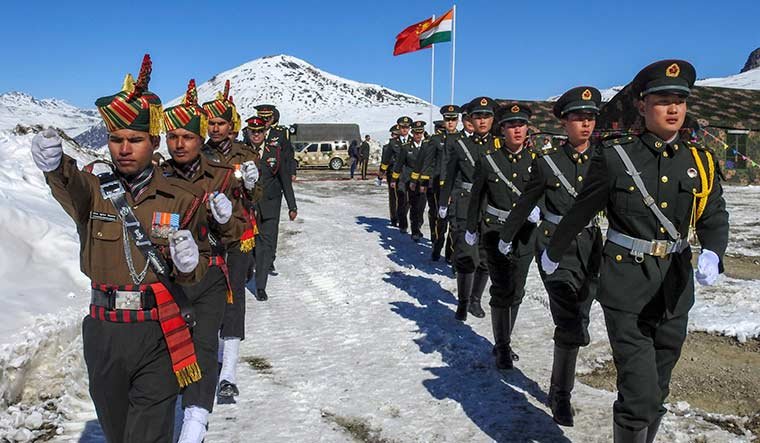NEW DELHI, March 21: Amid escalating tensions between India and China over Prime Minister Narendra Modi’s recent visit to Arunachal Pradesh, where he inaugurated the strategic Sela Tunnel, the United States has clarified its stance, affirming that it recognizes Arunachal Pradesh as an integral part of Indian territory.
A senior official from the Biden administration reiterated the US position, strongly opposing any unilateral attempts by China to assert territorial claims across the Line of Actual Control.
Speaking at a daily press conference on Wednesday, State Department Principal Deputy Spokesperson Vedant Patel stated, “The United States recognizes Arunachal Pradesh as Indian territory and we strongly oppose any unilateral attempts to advance territorial claims by incursions or encroachments, military or civilian, across the Line of Actual Control.”
China, however, has vehemently protested PM Modi’s visit to Arunachal Pradesh, reiterating its claim to the region.
Chinese Foreign Ministry spokesperson Wang Wenbin declared that China does not recognize Arunachal Pradesh as a legitimate part of India, referring to it as “Zangnan.” Wenbin emphasized that the boundary issue between China and India remains unresolved, and India has no right to develop the area without mutual agreement.
The Chinese Defense Ministry echoed these sentiments, with spokesman Senior Colonel Zhang Xiaogang stating that the southern part of Xizang (Tibet) belongs to China, and Beijing opposes the existence of what it terms as the “so-called Arunachal Pradesh.”
India has firmly rejected China’s assertions, asserting that Arunachal Pradesh is an integral part of the country’s territory. New Delhi issued a statement reaffirming that Indian leaders visit Arunachal Pradesh just like they do any other state, and objections to such visits are baseless.
The statement emphasized that Arunachal Pradesh has always been and will remain an integral part of India, with New Delhi consistently conveying this stance to Beijing on numerous occasions.
As tensions persist between the two Asian giants, the United States’ affirmation of Arunachal Pradesh’s status as Indian territory adds another layer to the complex geopolitical dynamics in the region.







